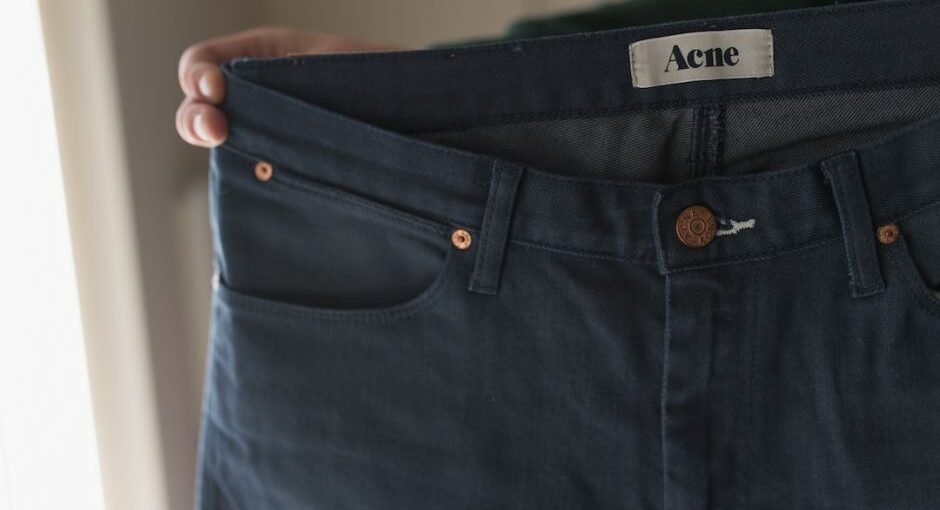The development of 3D printing has brought with it a whole range of synthetic materials which are suitable for the process. These materials have different characteristics and advantages, and the selection of the right material for a particular application is an important step in the overall success of a 3D printing project. In this article, we’ll look at the different types of synthetic materials used for 3D printing, and discuss which type is best suited for specific applications.
Types of Synthetic Materials
There are several types of synthetic materials available for 3D printing, including thermoplastics, polymers, and elastomers. Each type of material has its own unique advantages and disadvantages.
Thermoplastics are the most commonly used materials for 3D printing. They are strong, durable, and relatively inexpensive. They come in a variety of colors and finishes, and can be printed in a variety of shapes and sizes. They are also easy to post-process and modify.
Polymers are a type of synthetic material similar to thermoplastics but with a slightly different chemical structure. They are generally lighter and more flexible than thermoplastics, making them ideal for printing complex shapes. They are also more expensive than thermoplastics.
Elastomers are another type of synthetic material used in 3D printing. They are highly flexible and stretchable, making them ideal for producing parts with complex shapes. They are usually more expensive than thermoplastics and polymers.
Benefits of Synthetic Materials
Synthetic materials have several advantages over traditional materials, such as metals and ceramics. They are lightweight, low-cost, and easy to work with. They can also be produced in complex shapes and sizes, and can be easily post-processed and modified.
Synthetic materials are also much more environmentally friendly than traditional materials. They can be recycled and reused, and do not require the same level of energy and resources as traditional materials.
Which is the Best Synthetic Material for 3D Printing?
The best synthetic material for a particular 3D printing application depends on the specific requirements of the project. If the goal is to produce parts with complex shapes and sizes, then elastomers may be the best option. If the goal is to produce strong, durable parts, then thermoplastics may be the best choice. Polymers may be the best option if the goal is to produce lightweight, flexible parts.
In general, thermoplastics are the most versatile type of synthetic material for 3D printing. They are strong, durable, and relatively inexpensive. They are also easy to post-process and modify, making them ideal for a wide range of applications.
Conclusion
Synthetic materials are an important part of 3D printing. They come in a variety of types, each with their own unique advantages and disadvantages. Thermoplastics are the most versatile type of synthetic material for 3D printing, offering strong, durable parts that are easy to post-process and modify. Polymers and elastomers are also useful for specific applications, such as producing parts with complex shapes and sizes. Ultimately, the best synthetic material for a particular 3D printing application depends on the specific requirements of the project.





